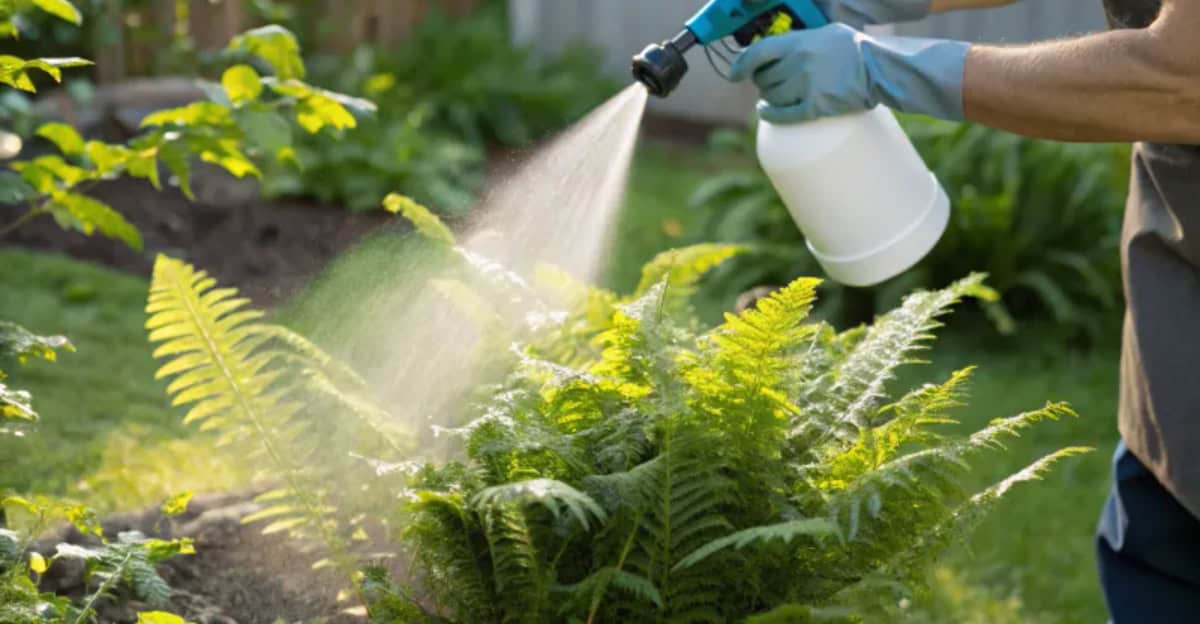Ferns are a beautiful addition to any garden. Whether you’re aiming for indoor or outdoor greenery, these tips will guide you in nurturing these elegant plants.
With their lush foliage and varied species, ferns can transform your space into a green oasis. Here are 10 tips to help you grow them successfully.
1. Choose the Right Fern Species
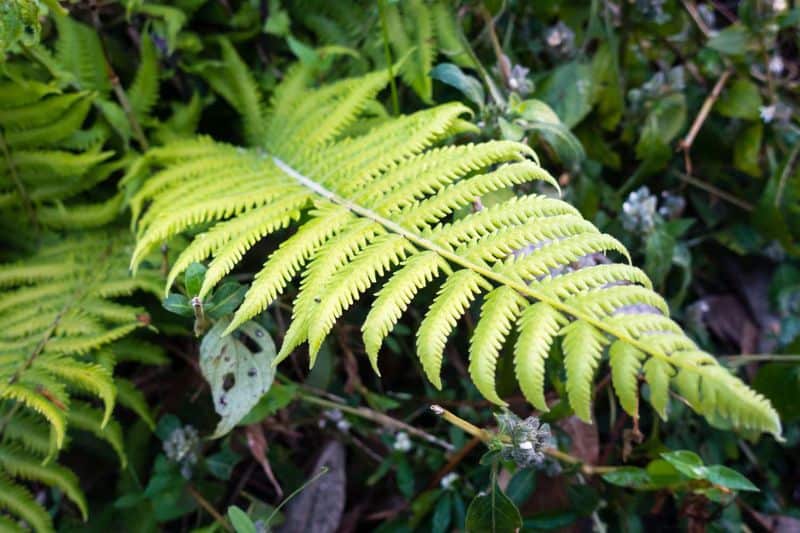
Selecting the appropriate fern species is essential. Consider your local climate and space available. Some ferns thrive indoors, while others prefer outdoor settings.
Research to match species with your environment. Indoor ferns like Boston ferns or maidenhair ferns are popular choices. For outdoor gardens, consider hardy types like ostrich or cinnamon ferns.
2. Maintain Humidity Levels
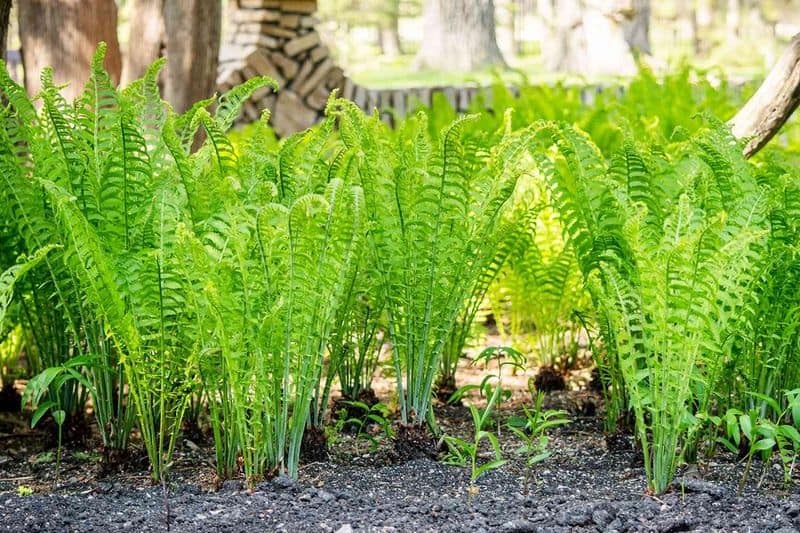
Ferns flourish in humid environments. Indoor heating can dry out air, so consider using a humidifier. Mist ferns regularly to maintain moisture.
Grouping plants can also increase humidity. Outdoor ferns benefit from natural humidity but ensure they’re not in overly dry spots. Balance is key for healthy fronds.
3. Adequate Watering
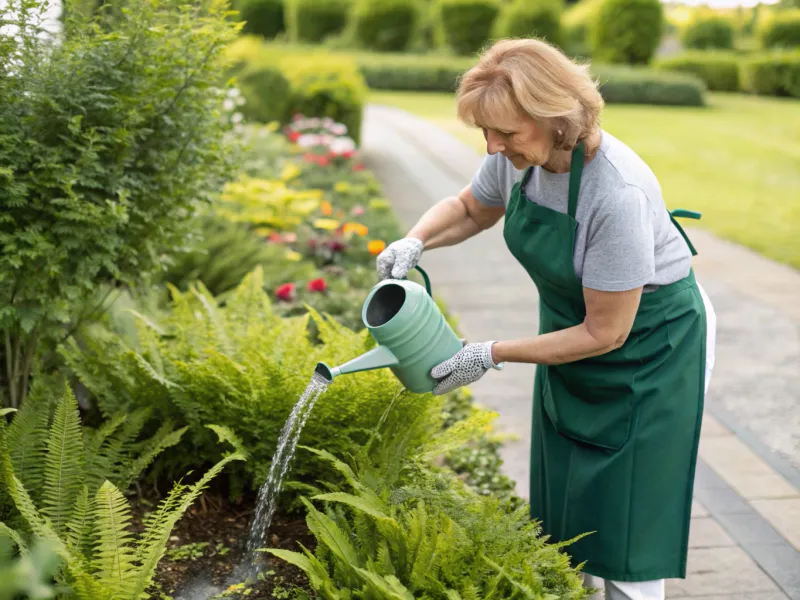
Watering ferns requires consistency. Keep soil moist but not waterlogged. Test soil moisture with your finger; water when the top inch feels dry.
Overwatering can lead to root rot, so ensure pots have drainage holes. Outdoor ferns might need extra water during dry spells. Adapt to seasonal changes.
4. Soil and Potting Mix
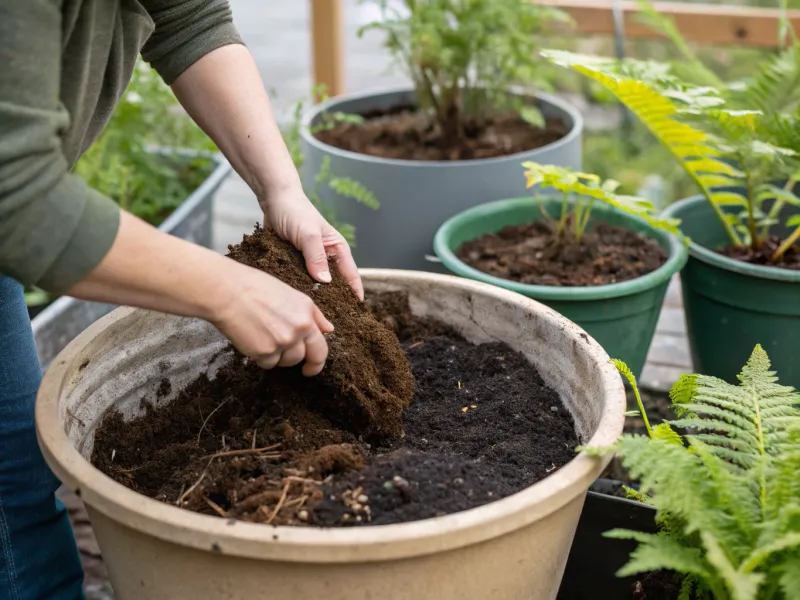
Ferns prefer rich, well-draining soil. Use a peat-based potting mix with added organic matter. Adequate drainage prevents waterlogging, which harms roots.
Ensure containers have drainage holes. For garden ferns, amend soil with compost to enhance nutrients. Proper soil preparation supports vigorous growth and lush foliage.
5. Optimal Light Conditions
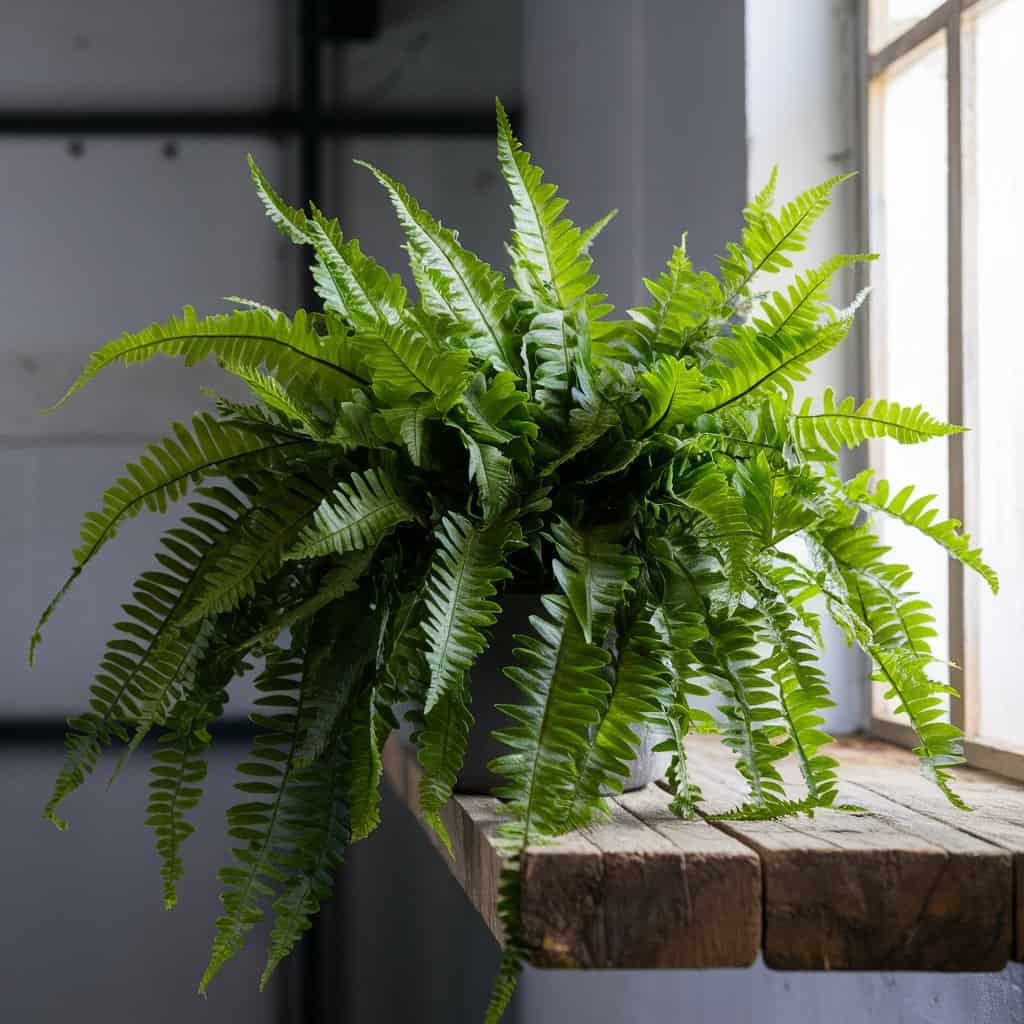
Ferns generally prefer indirect sunlight. Too much direct light can scorch their delicate leaves. Place indoor ferns near north or east-facing windows.
For outdoor ferns, ensure they’re in shaded or partially shaded areas. Observing your fern’s response to light helps you adjust its location for optimal growth.
6. Regular Pruning
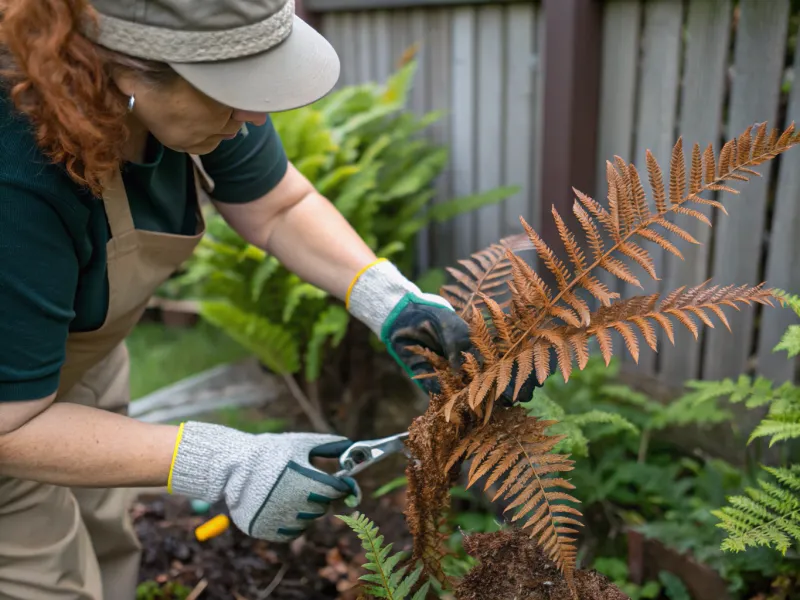
Pruning helps ferns stay healthy and attractive. Remove dead or brown fronds to encourage new growth. Use sharp, clean scissors to prevent disease spread.
Regularly inspect your ferns to identify any damaged parts. Pruning also shapes the plant, maintaining its desired appearance in your garden.
7. Fertilization Routine
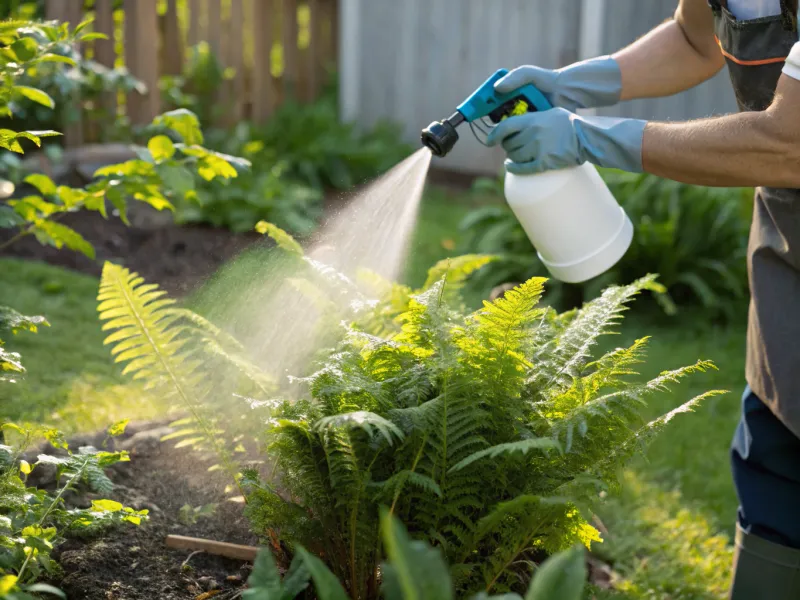
Ferns benefit from light feeding. Use a balanced liquid fertilizer diluted to half-strength every month during growing seasons. Avoid over-fertilizing to prevent foliage damage.
For outdoor ferns, enrich soil with slow-release fertilizers. Regular feeding promotes vibrant, lush growth, ensuring your ferns are a focal point in any setting.
8. Pest Control
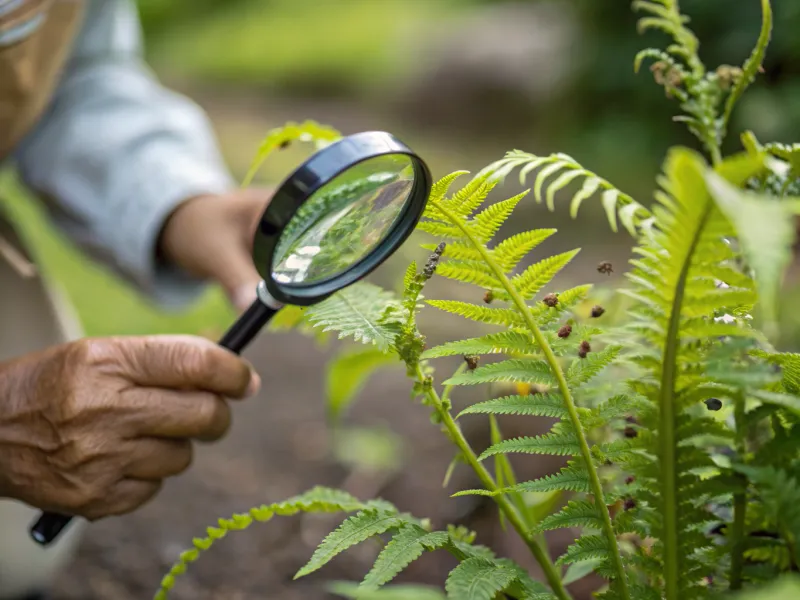
Pests can affect fern health. Regularly check for insects like aphids or mealybugs. Use insecticidal soap to treat infestations.
Maintain airflow around indoor ferns to deter pests. For outdoor ferns, natural predators can help manage insect populations. Stay vigilant to ensure your ferns remain pest-free and thriving.
9. Temperature Considerations
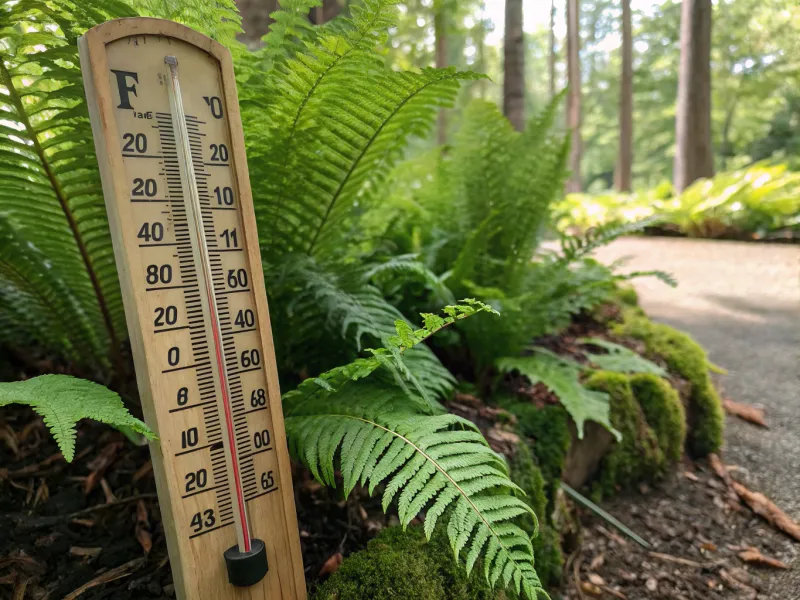
Ferns prefer cooler temperatures. Indoors, maintain temperatures between 60-75°F. Avoid placing ferns near heat sources like radiators.
Outdoor ferns appreciate mild conditions; protect them during frosts. Understanding your fern’s temperature preferences ensures they remain healthy and vibrant throughout the seasons.
10. Propagation Techniques
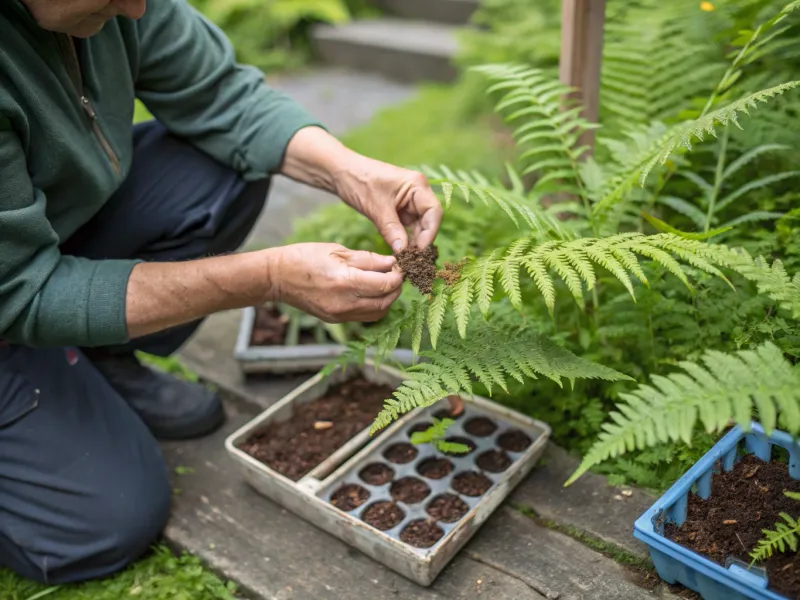
Propagating ferns can be a rewarding way to expand your collection. Use spores or division to multiply plants. Spores require patience and precise conditions.
Division involves separating clumps, best done during repotting. Each method has its benefits, allowing you to share or grow more ferns in various spaces.

